The San Rafael Center of the San Francisco de Borja Foundation explains the importance of new technologies for people with intellectual disabilities.
San Francisco de Borja Foundation
The San Francisco de Borja Foundation of the Valencian Community for People with Intellectual Disabilities is a private charitable foundation, of social assistance, established as a non-profit with an indefinite duration.
Purpose
The purpose of the Foundation is to care for people who are affected by an intellectual disability and who require specialized care. Therefore, the Foundation will provide the people in the situation described above with the necessary supports for the fullest possible development of their adaptive skills. It also seeks to provide an improvement in their quality of life through flexible care models that promote their maximum normalization and social and family integration.
Mission
The San Francisco de Borja Foundation maintains a permanent commitment to defending the dignity and full rights of people with intellectual disabilities. Its mission is focused on generating opportunities and providing personalized supports both in its services and programs and in the community, so that each person can develop their personal project and achieve a full and happy life.
San Rafael Center
The San Rafael Center currently houses 60 people in a residential setting and 40 in a Day Care setting. It also has a housing service that supports 14 people, of whom 7 are in the Maldonado Residence and 7 in the Gómez-Trénor Residence. To this group must be added the users of the family respite program, whose number ranges between 8 to 12 people.
How do new technologies help people with intellectual disabilities?
New technologies are currently a tool present in the daily life of any citizen. These technologies help facilitate work, learning and personal development, as well as communications, social relationships, leisure and entertainment, and safety. Although they are not free from risks, proper use of Information and Communication Technologies (ICT) helps personal and social well-being.
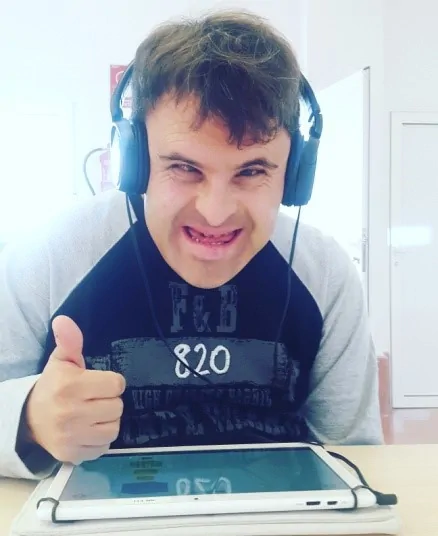
However, people with disabilities do not enjoy equal opportunities to access this technological world. This means that their potential to contribute to their personal development, to improve their communication or simply to increase opportunities for enjoyment and entertainment is wasted.
In the assessment carried out by the San Francisco de Borja Foundation, the need to incorporate the use of new technologies into the lives of the people with intellectual disabilities they support from their various services was detected.
Based on the quality of life model and from the ecological conception of disability, the San Francisco de Borja Foundation seeks to offer its users the opportunity to access ICT as a means to help improve their personal outcomes, their functioning and their quality of life.
The work of the San Francisco de Borja Foundation
The project we carry out at the San Francisco de Borja Foundation has promoted access for people with intellectual disabilities to the world of new technologies. The project constitutes a key tool for their personal development, to improve these people’s communication with their environment and to increase their opportunities to enjoy a higher quality of life.
New technologies for people with intellectual disabilities: equal opportunities
For people with intellectual disabilities, the use of Information and Communication Technologies (ICT) enhances their abilities and enables the performance of tasks and access to services, promoting equal opportunities.
It seems logical to think that if new technologies can be used to communicate, remember our pending tasks or learn new languages, they can likewise be used as tools for cognitive stimulation or communication, as we will address in this project.
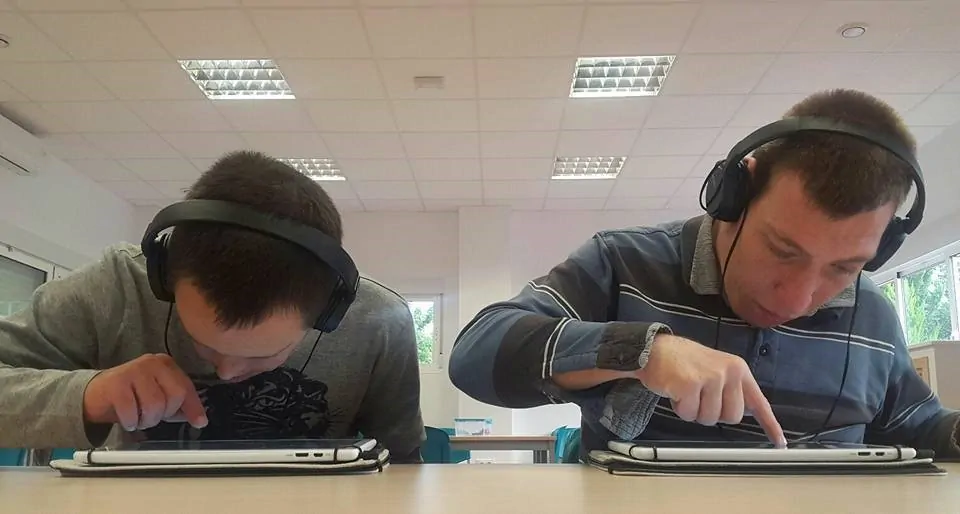
ICT as tools of social inclusion in new technologies for people with intellectual disabilities
ICT have proven to have great potential for the learning and the social inclusion of people with disabilities. Especially if we take into account some psychological and learning characteristics typical of people with intellectual disabilities.
Good use of ICT helps increase storage capacity and information processing. Likewise, they improve semantic memory, related to the meaning of words and knowledge. They also focus attention, enable better comprehension of the abstract, improve generalization and maintenance of learning, reinforce vision and hearing, as well as visuomotor coordination.
Moreover, they address important language disorders, encourage the initiative to start activities and the perseverance to carry out less motivating tasks, promote reflection and optimize temporal organization. At the same time they enhance the acquisition of learning such as visual memory, facilitating faster learning with the support of images.
They also improve the acquisition of knowledge through multiple sensory channels—multichannel—motivate learning through educational, playful and immediate-response activities, increase attention and their time spent in educational activities. Similarly, repetitive practice is more rewarding through new technologies and, after gradual support, they acquire the necessary autonomy for their learning
New technologies for people with intellectual disabilities: development of alternative communication languages
Many of the people with disabilities served at the center do not have a spoken communication code and almost none can read and/or write. This is why adapted digital tools are a very interesting field that can help both the development of alternative communication languages and their social inclusion through the use of social networks and other digital communication devices. Likewise, it facilitates access to the cultural world that develops around digital technologies.
On the other hand, within the digital world we can find interesting proposals that contribute to the development of learning skills. They also help to alleviate the cognitive deterioration that some of these people suffer when dementia is added to their intellectual disability.
This project has facilitated the use of new technologies among people with ID through the development of innovative technological solutions or the acquisition of the necessary adaptations so that computers, mobiles or tablets, among others, can be used properly by our users.
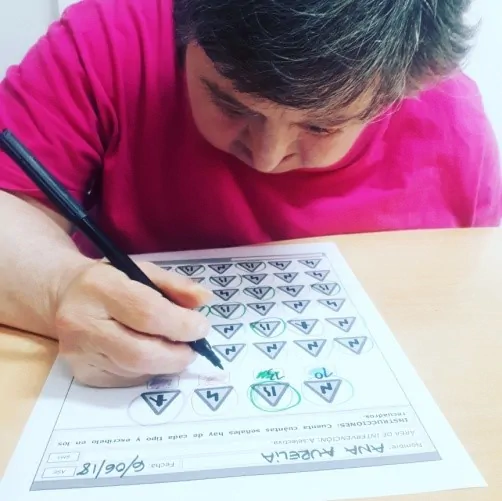
NeuronUP: technological tool for the development of people with intellectual disabilities
When analyzing the method of work to follow, we found that the pedagogical proposals that could be considered for our users were multiple and varied. These pedagogical proposals differed in relation to their level of development and their ages. They were also different according to the different manifSeasons of behavior, the learning achieved and the objectives set for each individual in order to achieve a greater potential of skills, knowledge and competencies.
We began the intervention process with an assessment of the person’s abilities, skills, needs and wishes, as well as the characteristics, supports, demands and restrictions of their environment, in order to define the components that the system is going to have. Likewise, the applications or programs that were going to be used had to be chosen so that they were the most appropriate for the subject. It was necessary to select the support products as well as the access strategies.
habilitation and teaching were directed both at the person and at their environment, including all the contexts in which they participated or wished to participate. Likewise, all significant people in these contexts, including professionals and, above all, family members, companions and friends. This teaching was carried out in educational and therapeutic settings. It was also carried out in natural environments, surrounded by sensitive and competent interlocutors, and involved in interesting and enriching activities.
Choice of apps and programs
When we started using devices (tablets, computers, the board, etc.) in the classroom, we had to carry out a prior selection of the apps and programs we believed would best help us achieve our objectives. We found that it is advisable for these apps to be motivating, with simple navigation, useful for achieving our objective and adaptable to the different levels and needs of the users.
The application or program in question had to be effective, reliable and satisfactory in relation to the purpose for which it had been created. In addition, it had to achieve the rehabilitation objectives of the person concerned.
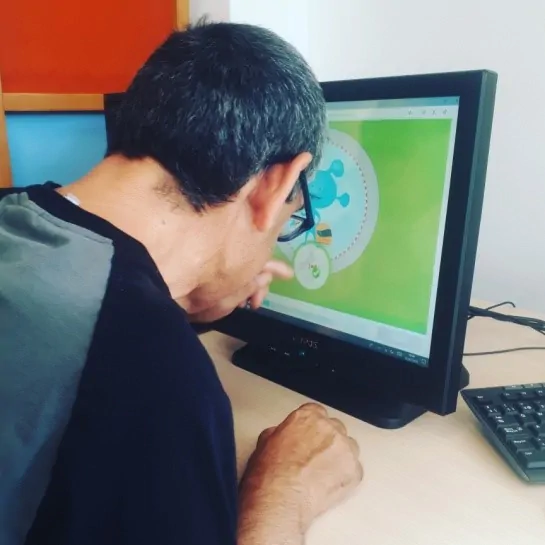
For the sessions we use tablets, computers and the interactive whiteboard with the different applications and programs that we considered contributed to the development of the users’ executive functions.
The NeuronUP platform was the one that best matched the detected need and the profiles of the users we work with. This is because the platform met the prerequisite requirements we had established.
Our experience with NeuronUP
We have been using the NeuronUP platform for about two years to work on cognitive stimulation with the users. The program consists of an activity manager (online or on paper) and a results manager. Thanks to the platform we have held personalized sessions adapted to each user and their needs.
We can say that 25 users with high support needs are benefiting from this program to work on different cognitive areas. Each user’s sessions are focused on the results obtained in the different Number Lines of cognitive assessment. Subsequently, exercises and applications oriented to the areas that scored lowest are chosen.
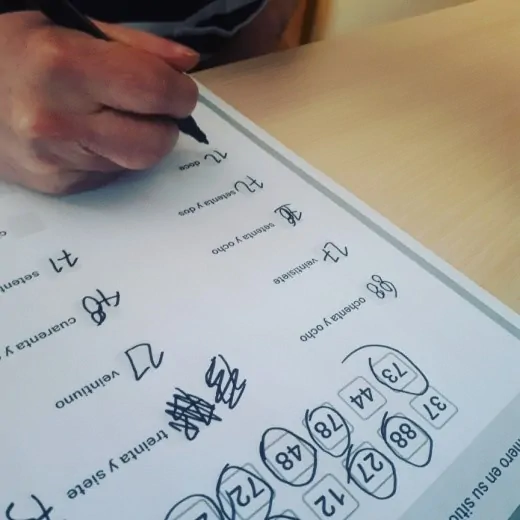
In the sessions we have used the NeuronUP platform, since we have considered that they contribute to the development of the users’ cognitive functions. This program helps us work on different areas such as: memory, anticipation, decision making, planning, monitoring, impulse control, inhibition of inappropriate responses, organized search, flexibility of thought and action, etc.
Benefits of NeuronUP for users
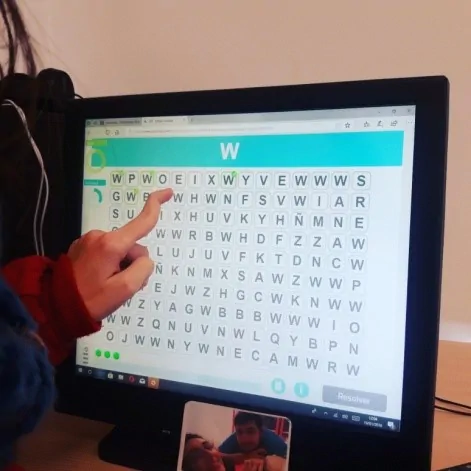
The use of this platform has provided a large number of benefits for users:
- Increased motivation, learning and self-esteem by being able to enjoy training times that encourage collaborative learning, debates and the presentation of their own work to their peers, fostering self-confidence and the development of social skills.
- It promotes and facilitates more meaningful learning aligned with today’s society.
- It facilitates understanding thanks to the power of this resource to reinforce explanations using videos, simulations and images with which it is possible to interact.
- Adjustment of texts and images to their level of development, as well as the possibility of manipulating objects and symbols.
- Hearing and information-processing difficulties are aided thanks to the possibility of using visual presentations.
- Improvement of the motor and psychomotor coordination.
- It promotes communication and interaction.
10 Key points about new technologies for people with intellectual disabilities
There are many advantages to introducing new technologies for people with intellectual disabilities, and many challenges to overcome as well. In our experience at the San Rafael Center, we are gradually introducing technological supports, both in the field of communication and the educational area, and in leisure and relationships.
Whatever the person’s profile, here we share with you some key points from our experience:
- Be patient
- Value each step
- Let yourself be surprised
- Value their abilities over their disability
- Practice active support
- Try
- Every bit counts
- Better with a few laughs
- Let the person be the protagonist
- Share the experience
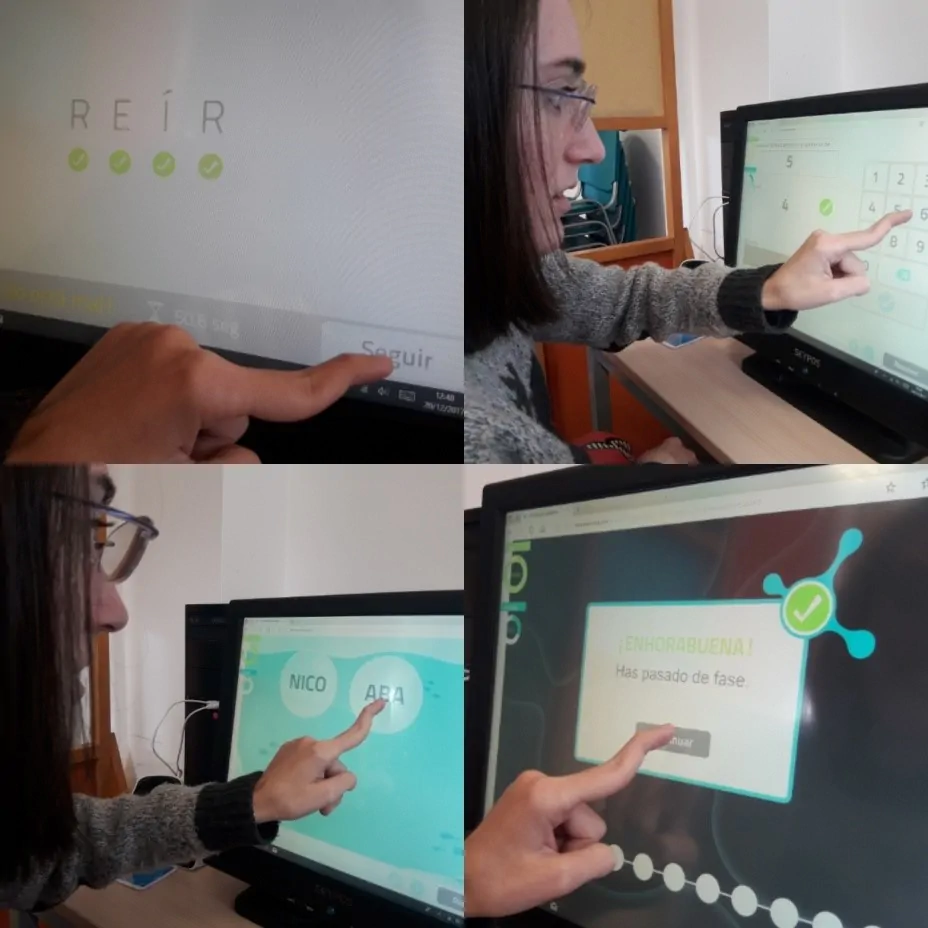
If you liked this article about new technologies for people with intellectual disabilities, you might also be interested in:
“This article has been translated. Link to the original article in Spanish:”
Nuevas tecnologías para personas con discapacidad intelectual



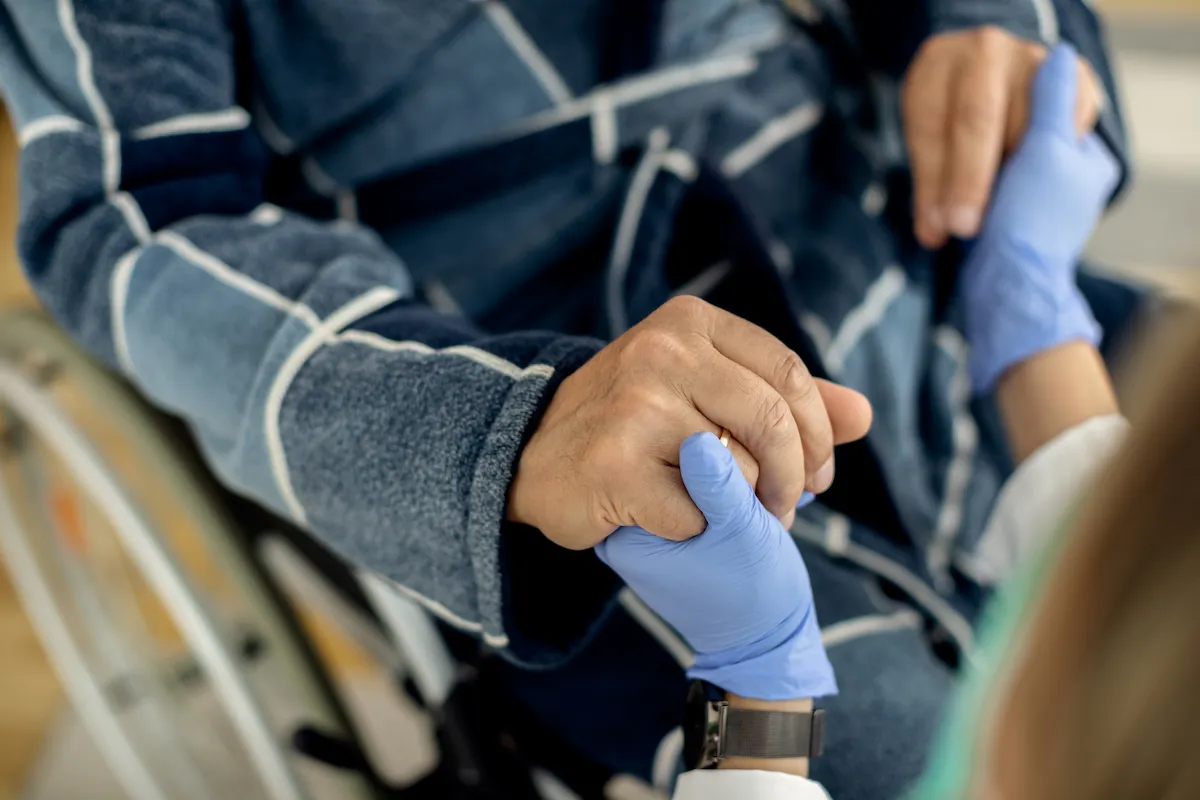
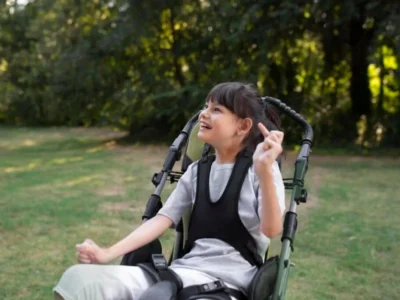


 Attention problems: what they are, types, and symptoms
Attention problems: what they are, types, and symptoms
Leave a Reply